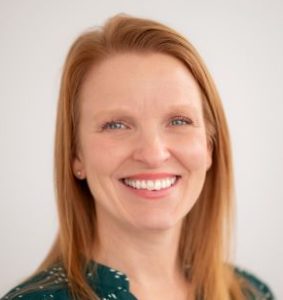

I was reminded already during this short work week of just how tit-for-tat the nursing home sector can feel.
On Tuesday morning there came a sad headline from an Atlanta suburb, where a suburban hospital has chosen to close a beloved, 5-Star nursing home on its campus to reclaim the space for inpatient beds. It looks to be a sad ending for a facility that had provided high-quality care to many, including some long-stay residents.
But in my home state of Pennsylvania, and many others, hospitals are still begging for skilled beds, with many nursing homes too understaffed to accept their full complement of patients.
And you have to balance that story line against news late last week that nursing homes nationally have had their biggest job gain in quite some time; an added 12,000 workers for August is about triple the early 2022 monthly average.
With opposing views coming from every which way, what trendline can you predictably follow? Will more hospitals close SNFs or start to incorporate them again? Will there be enough workers to maintain services in acute and post-acute settings?
This ping pong of good news, bad news, unhelpful regulation, kind of helpful funding, bad news, good news and bad again is exhausting on a daily basis. Now imagine decades of competing regulatory and marketplace pressures, uncertainty about consumer desires and an otherwise shifting landscape and you wonder how anyone can predict what the future of skilled nursing will look like on balance.
Sure, we have our sages of long-term care, those trusted few whose insights came via decades of experience, reams of data and a certain intuition that proves itself over and over again.
But, like most things news-related, all skilled nursing news is local. What’s trending in New York may not be trending in Oregon. The tiny providers collapsing in Maine may be flourishing in a state with better funding.
On many of the issues we try to feel out for patterns, what we’re really seeing is the effect of local variations. And that’s what makes a story like that of Northside Gwinnett Extended Care Center at Northside Gwinnett Hospital in Lawrenceville, GA, so darn depressing.
Given another set of circumstances or a different venue to do business, hospital officials might have been able to hold onto their earlier vision of Northside Gwinnett Extended Care as a full-time rehabilitation center. According to reports, leaders abandoned that plan, which would have allowed the remaining long-stay residents to stay during a transition period.
But sadly, intense operating pressures are an acute part of business in just about every healthcare sector these days. One provider’s gain is another’s loss in this situation, as in so many lately.
If you find yourself in a similar conundrum — good or bad — look on the bright side: Something distinctly opposite must be coming across the horizon any day now.
Kimberly Marselas is senior editor of McKnight’s Long-Term Care News.
Opinions expressed in McKnight’s Long-Term Care News are not necessarily those of McKnight’s.




